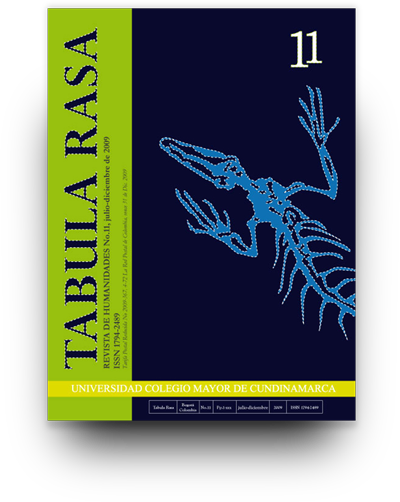Show authors biography
This article takes on the topic of the brain that learns, and describes the process of learning of the thinking organ; the ways its development is facilitated throughout our whole life through the numerous synaptic connections that are established between neurons, all of which facilitate stimulation and development of skills, abilities and competencies that bring about the construction of new knowledge. The former demonstrates the plasticity, flexibility and adaptability of the brain that can only be improved through the implementation of favorable environments for learning, and through pedagogical factors and strategies that increase the total development of the brain.
Article visits 2327 | PDF visits 2618
Downloads
Blakemore, Sarah-Jayne./Utafrih. 2008. Cómo aprende el cerebro. Las claves para la educación. Ariel: Barcelona.
Caine, R. N. y G. Caine. 1997. Education on the Edge of Possibility. Alexandria, VA: Association for Supervision and Educational Development. ASCD.
Campos, Miguel A. 2008. «Representaciones, conocimiento formal y estilo de pensamiento. El caso de los estudiantes de Bacteriología y Laboratorio Clínico de la U.C.M.C.» Bogotá: Universidad Colegio Mayor de Cundinamarca.
Duarte, J. (s.f.). «Ambientes de aprendizaje una aproximación conceptual». En Revista Iberoamericana de Educación.
García, Cano. 2007. Ambiente de aprendizaje. Bogotá: Pontificia Universidad Javeriana. Bogotá.
Goleman, Daniel. 1996. La inteligencia Emocional. Panamericana Formas e Impresos S.A, Bogotá.D.C.
Jensen, Eric. 2004. Cerebro y aprendizaje. Competencias e implicaciones educativas. Nancea: Madrid.
Jiménez V., Carlos. 2003. Neuropedagogía, lúdica y competencias. Bogotá: Cooperativa Editorial Magisterio.
Kandel, Eric; Schwartz, James yT omas Jessell. 1997. Neurociencia y conducta. Madrid: Prentice Hall.
Liu, A.; Tam, W. C. C.; Xiey y J. Zhao. 2002. “The relationship between regional cerebral blood flow and the wisconsin card sorting test in negative schizophrenia”. Psychiatry and clinical neurosciences, 56,1:3-7.
Ontoria A. 2005. Aprender con mapas mentales. Una estrategia para pensar y estudiar. Narcea: Madrid.
Salas Silva, R. 2003. Neurociencia y educación. Cómo hacer una enseñanza más de acuerdo con la manera como aprende el cerebro. Santiago: Lafken Wangülen,
Souza, D. 2002. How the Special Needs Brain Learns. Thousand Oaks, CA: Corwin Press Incorporated.
Velásquez, B., Calle, M., Remolina, N., 2006. El cerebro: un mundo de posibilidades para el aprendizaje. Bogotá: Universidad Colegio Mayor de Cundinamarca.




